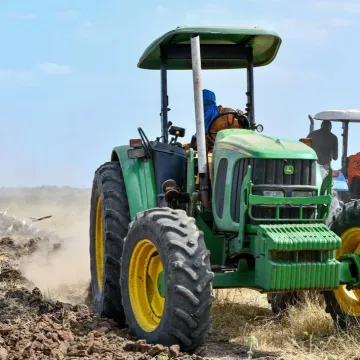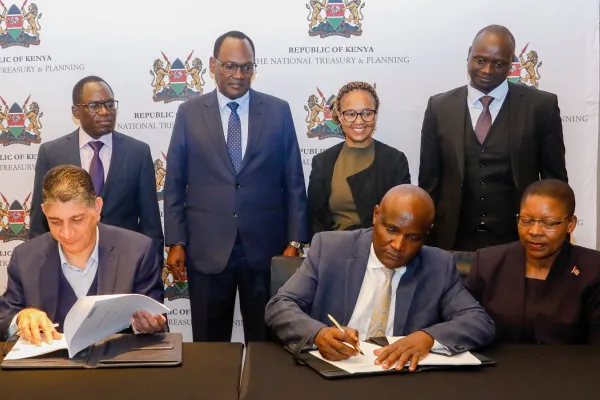Kenya’s economy set for 4.9% growth amid sectoral shift

Absa Bank Kenya PLC CEO and Managing Director, Mr. Abdi Mohamed.
Kenya’s GDP is projected to grow by 4.9 percent in 2025, driven by a shift from agriculture to construction and financial services as key economic drivers.
According to Absa Bank Senior Economist Phumelele Mbiyo, inflation is expected to average 4.5 percent, with core inflation remaining stable at around 2 percent since July 2024. Upward pressure from food prices is also expected to ease as the effects of a mild La Niña subside after the first quarter.
Mbiyo shared these insights during Absa Bank Kenya’s 2025 Economic Forum, where customers, industry peers, and financial market stakeholders gathered for a weeklong deep dive into macroeconomic trends, financing opportunities, and strategies to enhance resilience and growth.
Speaking during the forum, Absa Bank Kenya PLC CEO and Managing Director, Mr. Abdi Mohamed, stated “At Absa, we are deeply invested in your story because it truly matters to us. As a collective, we have an ambition to be a financial services group that Africa can be proud of.
He added, “We are committed to the growth of this continent and the prosperity of our people, and we believe that bringing these kinds of insights is our contribution to the reforms and policy discussions that need to take place in our continent.”
The insightful sessions gave bank analysts, financial institutions (both banking and non-banking ones), importers, exporters, regulators and market investors an opportunity to unpack complex financial instruments that can be crucial in navigating current volatility, while exploring alternative funding opportunities as well yield enhancement instruments as we enter a low-interest rate environment.
According to the Pan-African lender, the Central Bank of Kenya is expected to cut the Central Bank Rate down to nine percent by the third quarter of the year and leave it unchanged for the remainder of this year. This is expected to lower the cost of borrowing and boost private sector credit expenditure.
What's more, delegates were informed that the contribution of agriculture to Kenya’s GDP growth has been falling over the last year and is expected to take a hit from the La Nina phenomena.
This weather phenomenon is characterised as weak and its impact on food prices may peak in the first quarter this year when it is projected to be at its most intense.
Furthermore, construction sector is on a path to recovery. This industry had stagnated after peaking in 2022, but it has been picking up over the last few months.
Last year, financial services sector had taken a hit when the Central Bank of Kenya raised interest rates. Now, monetary policy has shifted after CBK cut rates consistently since August last year, signaling lower borrowing costs and recovery in the private sector credit.
On foreign currency, investors were informed that the Kenya shilling is expected to remain stable, backed by international financial inflows that have boosted foreign exchange reserves to near-record levels.
The country’s comfortable forex reserves and access to international financing, including foreign portfolio inflows to the local bond market, multilateral loans from the World Bank and International Monetary Fund, bilateral loans, and the Eurobond market continue to ward off volatility and have bolstered investor confidence.





